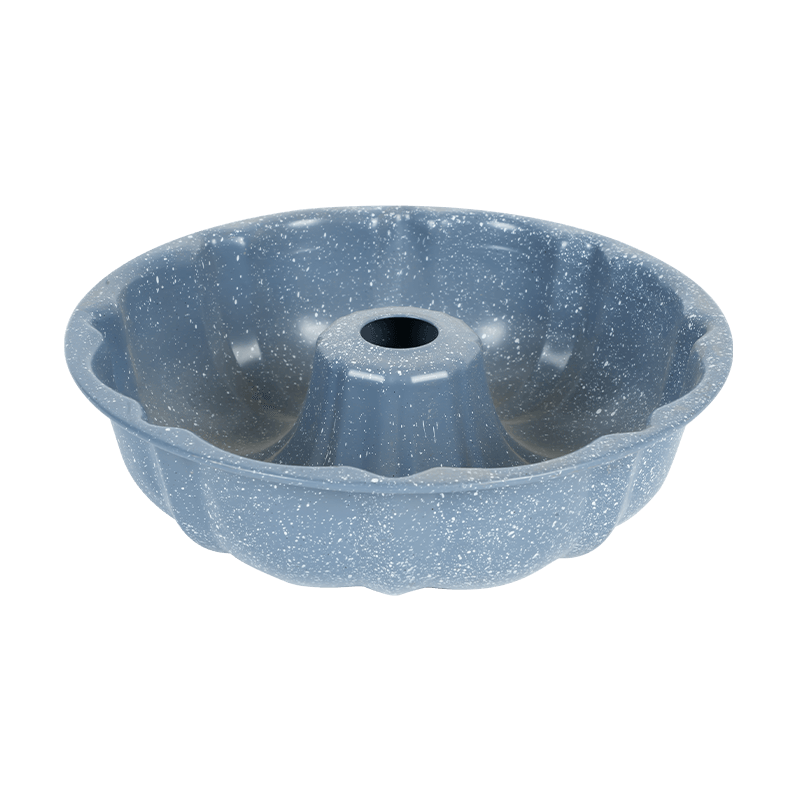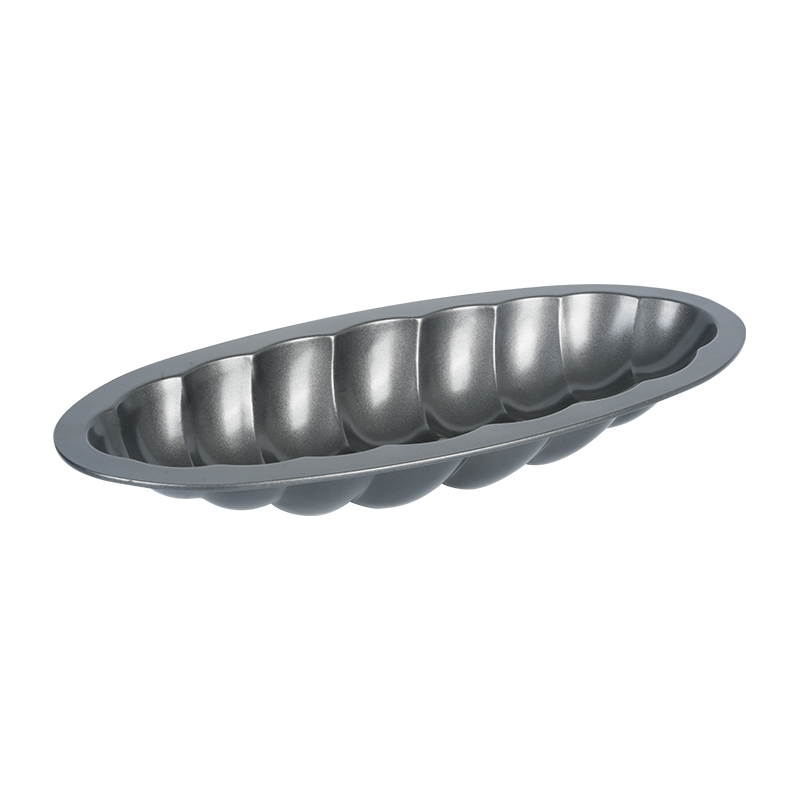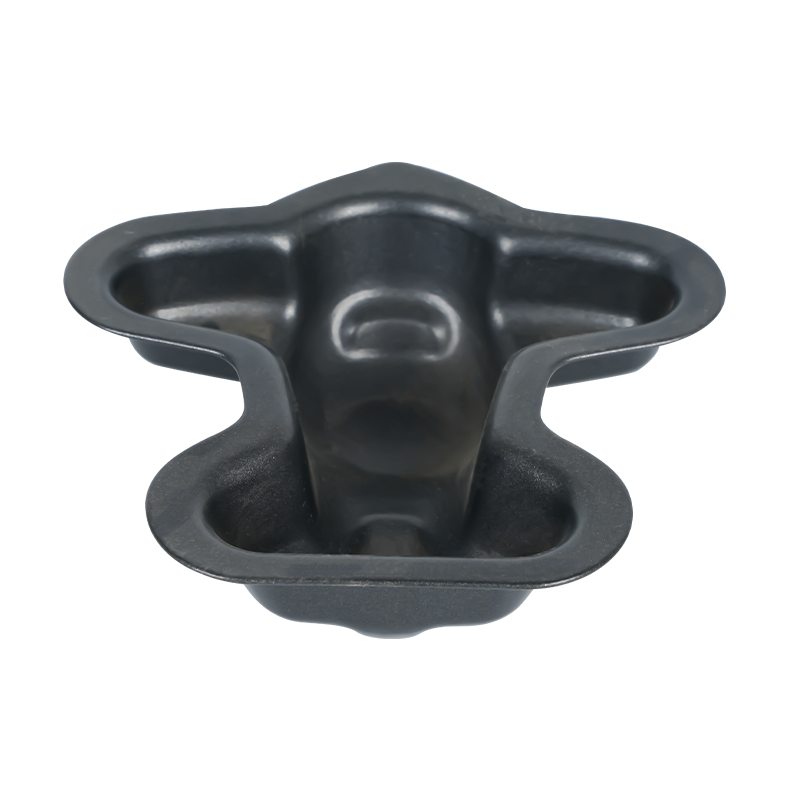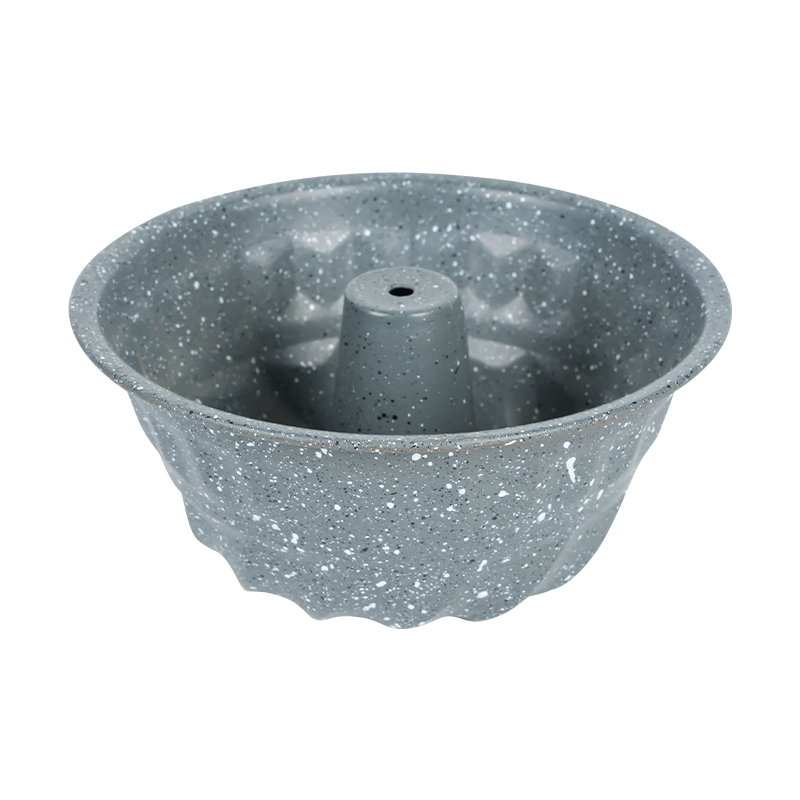The company relies on a high degree of brand awareness, fine product quality, convergence of multiple strong advertising media power, and through the integration of capital, knowledge, talent technology, channels, information operations.
Material Quality and Structural Integrity
The likelihood of a muffin pan becoming deformed or rusted over time largely depends on the material from which it is made. Muffin pans on the market are constructed from aluminum, carbon steel, stainless steel, or silicone. High-quality aluminum and stainless steel options are typically more resistant to warping and rust, while lower-grade carbon steel pans without protective coatings are more susceptible. When exposed to high oven temperatures repeatedly, even durable materials may eventually experience changes if the pan is not properly cared for.
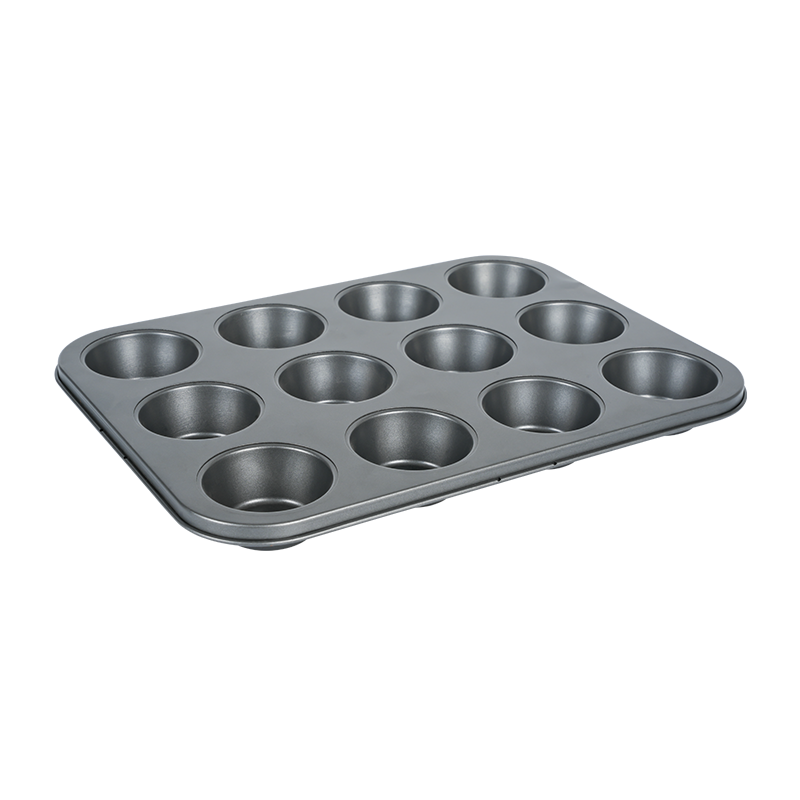
The Role of Heat and Thermal Stress
Oven temperatures can exceed 400°F (204°C), and constant heating and cooling cycles exert stress on the metal structure of a muffin pan. Over time, this thermal expansion and contraction may cause subtle warping, particularly if the pan is made of thinner gauge metal. Warping can result in uneven baking or batter spillover. Thicker, heavier pans tend to retain their shape better, even under repeated high-heat use.
Coating Protection and Rust Resistance
Many metal muffin pans come with non-stick or enamel coatings that help resist corrosion and rust. These coatings act as barriers between the metal and moisture, especially during washing. However, if the coating becomes scratched, chipped, or worn off due to abrasive scrubbing or dishwasher use, the exposed metal becomes vulnerable to rust. Carbon steel, in particular, is prone to oxidation when its surface is damaged. Regular inspection of the coating and gentle handwashing can help extend the pan’s lifespan.
Influence of Cleaning and Maintenance Habits
Cleaning practices play a major role in the durability of a muffin pan. Dishwasher use, although convenient, may accelerate wear on non-stick surfaces and cause spotting or rust, particularly if the pan is left wet. Proper maintenance, including handwashing with mild detergent and drying after each use, significantly reduces the risk of rust. Applying a light coating of oil on exposed areas of uncoated pans can also provide additional protection.
Storage Conditions Matter
Storage in a humid or poorly ventilated kitchen environment can encourage rust formation, especially if the muffin pan is stored wet or stacked with other metal cookware in direct contact. To avoid long-term damage, pans should be stored in a dry area and ideally kept separate from items that could scratch or dent them.
Silicone and Stainless Steel Alternatives
For those concerned about warping or rust, silicone muffin pans and stainless steel options provide a durable alternative. Silicone does not warp or rust, although it may lack the crisp browning that metal pans offer. Stainless steel resists both corrosion and warping under normal usage conditions, although it may not heat as evenly as aluminum.
Expected Lifespan with Proper Use
When used and maintained properly, a good-quality muffin pan can last for many years without warping or rusting. The key is choosing a well-constructed product and taking simple but consistent care precautions. Investing in a premium-grade pan with reinforced rims or rolled edges also helps prevent deformation under stress.
Conclusion: Lifespan Depends on Material and Maintenance
Whether it is prone to warping or rusting with repeated use depends on its construction and how it is treated during cleaning, baking, and storage. By choosing high-quality materials and practicing mindful care, users can enjoy reliable baking results and extend the usable life of their muffin pan.

 English
English русский
русский Español
Español